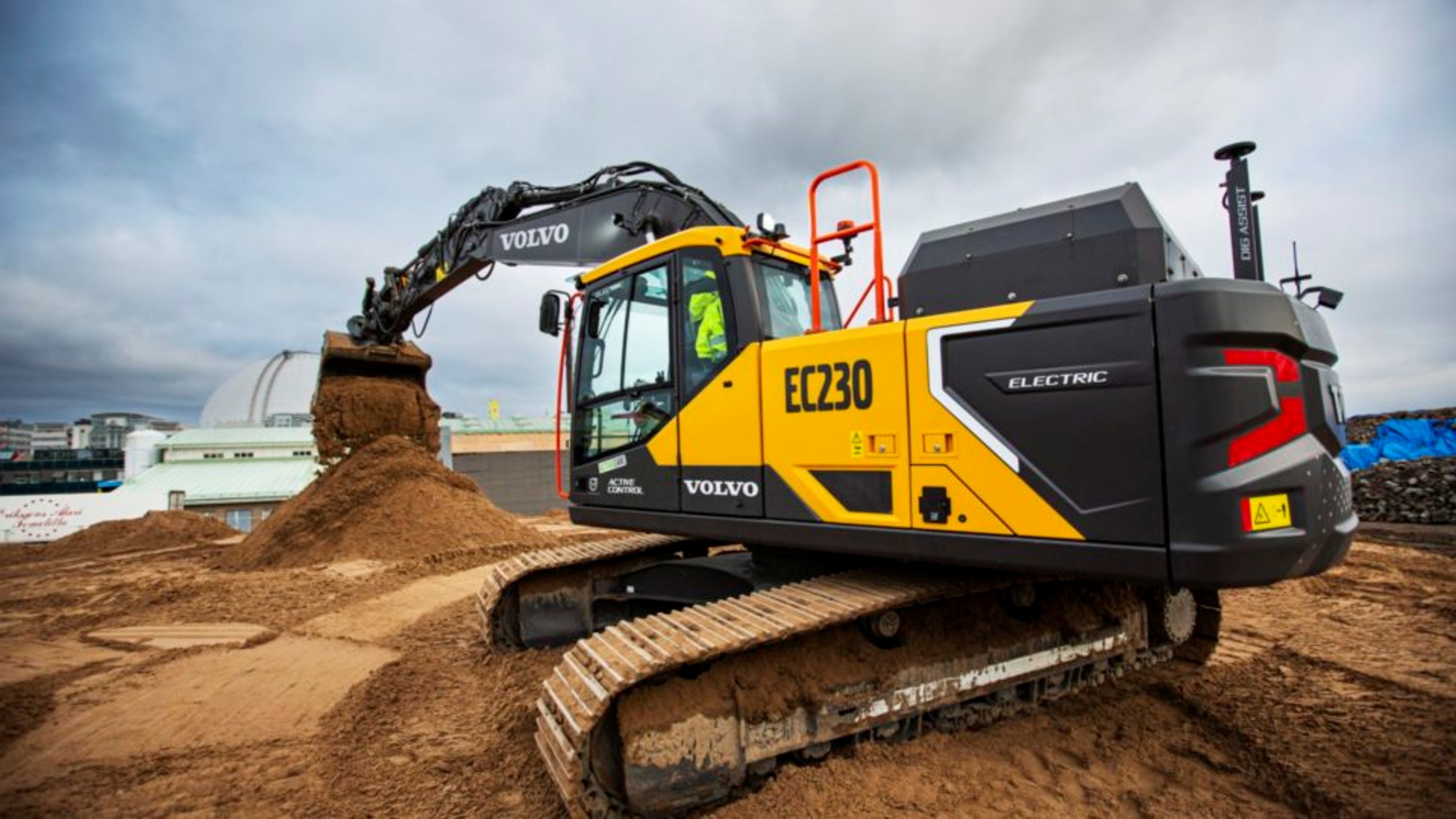TL;DR
Charlie Levine (Global Strategy Manager at Electreon) discusses wireless charging.
· Electreon’s dynamic wireless charging allows electric vehicles to charge while driving.
· This technology is transforming EV infrastructure, especially for fleets and public transit.
· Active deployments are happening worldwide, including Israel, Europe, and the U.S.
· It helps reduce range anxiety and increases operational efficiency.
· Widespread adoption of wireless charging is expected by 2030.
In this episode of the Insiders Guide to Energy podcast, hosts Chris Sass and Niall Riddell from Paua explore the future of EV infrastructure with Charlie Levine, Global Strategy Manager at Electreon. The discussion dives deep into dynamic wireless charging—a transformative technology that allows electric vehicles to charge while driving—shedding light on real-world deployments, business models, and what’s coming next for fleets and consumers alike.
Wireless Charging for EVs: The Future is Embedded in the Road
The evolution of EV infrastructure is advancing rapidly, and wireless charging—especially dynamic charging embedded within roads—is emerging as a transformative technology. At the forefront of this innovation is Electreon, a company deploying wireless charging systems that allow vehicles to charge while driving or stationary, eliminating range anxiety and enhancing fleet efficiency.
What Is Dynamic Wireless Charging?
Dynamic wireless charging involves embedding coils beneath road surfaces, transmitting power magnetically to receivers installed in EVs. Unlike static charging, which requires vehicles to park and plug in, dynamic systems enable seamless charging during motion, offering new levels of convenience and operational efficiency.
Electreon’s technology is already operational in several countries including Israel, Sweden, Germany, Italy, Norway, and the U.S., primarily in pilot programs for public buses, commercial fleets, and city transit. These use cases showcase how continuous wireless charging can reduce battery size needs, increase vehicle uptime, and improve total cost of ownership.
Ideal Use Cases and Early Adoption
Commercial and public fleets are leading early adoption due to predictable routes, depot-based operations, and high daily utilisation. Fleets benefit significantly by:
- Reducing battery capacity requirements.
- Maintaining continuous vehicle availability.
Avoiding logistical delays from static charging sessions.
Static wireless charging (at depots or stops) complements dynamic charging on roads, offering hybrid solutions for broader needs. School buses, last-mile delivery vehicles, and municipal buses are particularly promising candidates.
Business Model & Infrastructure Deployment
Currently, Electreon owns and operates the infrastructure, partnering with municipalities, transit agencies, and toll road operators.
Revenue models include:
- Rev-share agreements with asset owners like toll roads.
- Direct sales or subscriptions to municipalities or fleet operators.
- Public-private partnerships (PPP), with future prospects for Build-Operate-Transfer (BOT) frameworks.
Cost-wise, Electreon aims for parity with fast charging, creating minimal financial barriers for end users. Installation is targeted and cost-effective—only a portion of the road needs embedding, and deployment is often completed overnight or during light traffic hours.
Interoperability and Payment Systems
To ensure mass adoption, interoperability is key. Electreon envisions a future where any EV—regardless of manufacturer—can charge wirelessly on any compatible road, akin to mobile roaming. This requires open standards (like OCPI and OCPP) and a seamless automated payment system, where the EV identifies itself and the charge session is billed to the user’s provider, regardless of location.
Geographic Expansion and Challenges
Electreon is expanding in regions with strong governmental support—Germany, Sweden, Israel, the U.S., Japan, and China. The UK lags behind, partly due to Brexit-related uncertainty and less proactive public funding. Strategic focus is on markets with cohesive regulatory frameworks and financial incentives.
Looking Ahead: By 2030 and Beyond
The next five years are crucial. By 2030, Electreon expects wireless charging—especially for fleets—to become mainstream, with broader consumer adoption following. Much like how consumers quickly adapted to mobile payment and ride sharing platforms, EV drivers will soon expect embedded charging as part of everyday mobility infrastructure.
In summary, Electreon is not just envisioning a future where roads wirelessly power vehicles—it’s already building it, one embedded meter at a time.
Click here for the full episode





